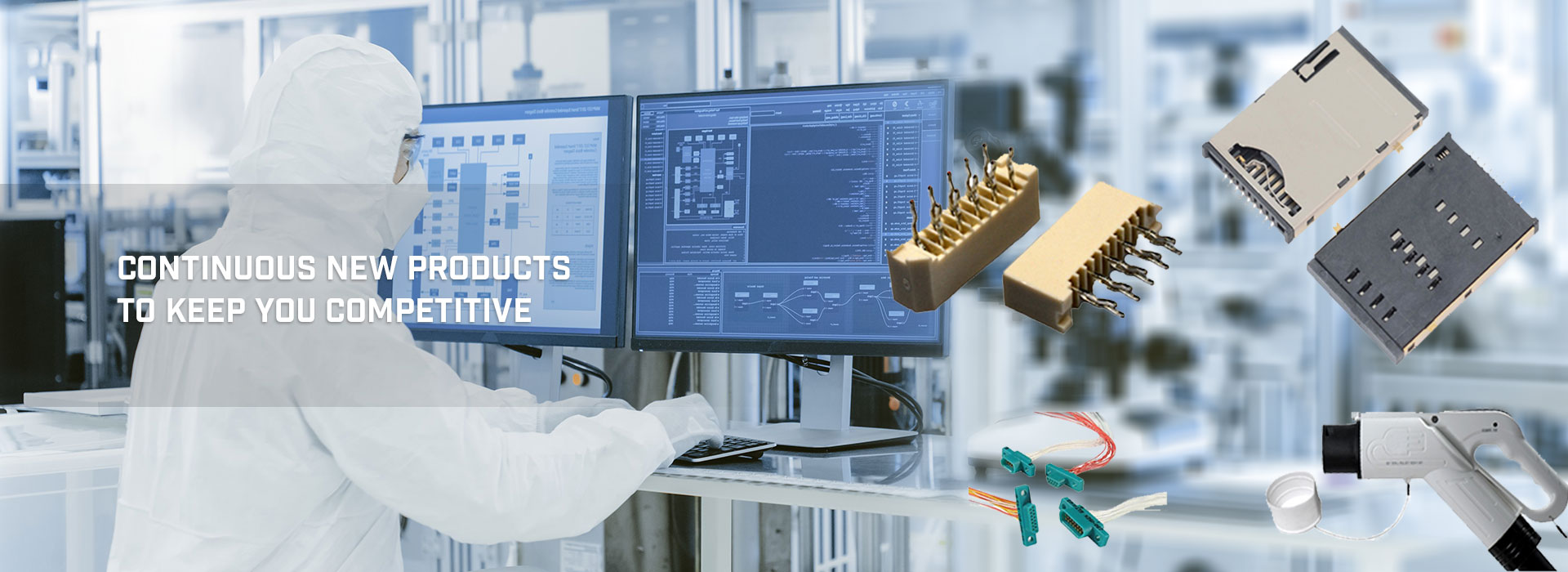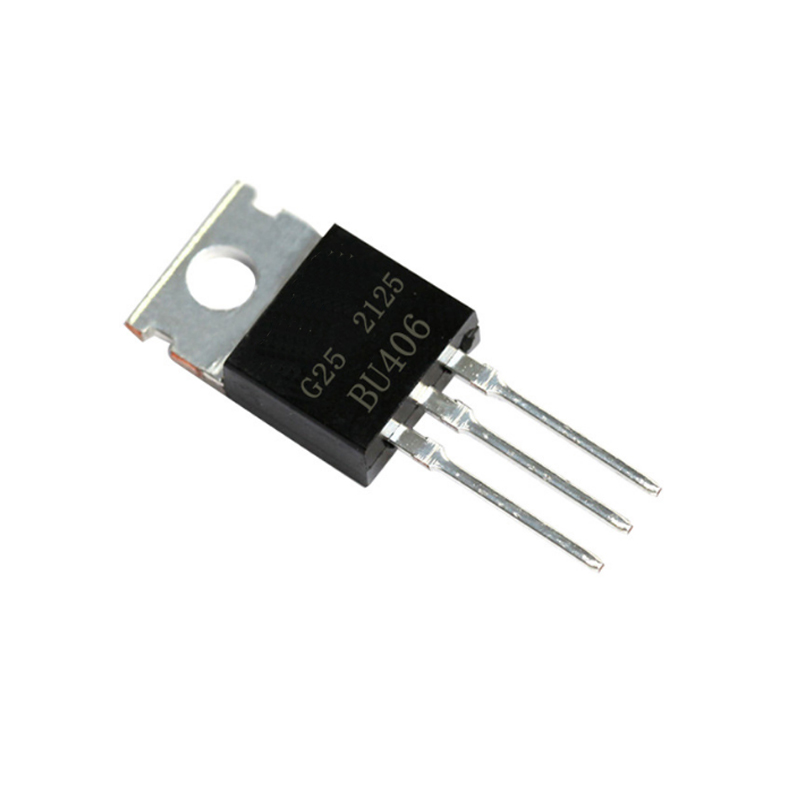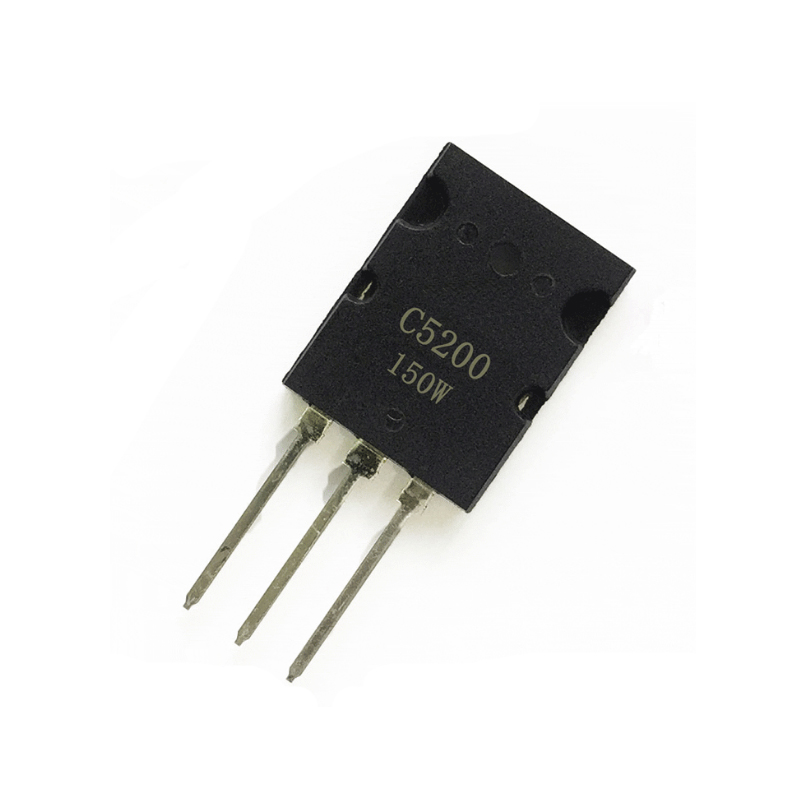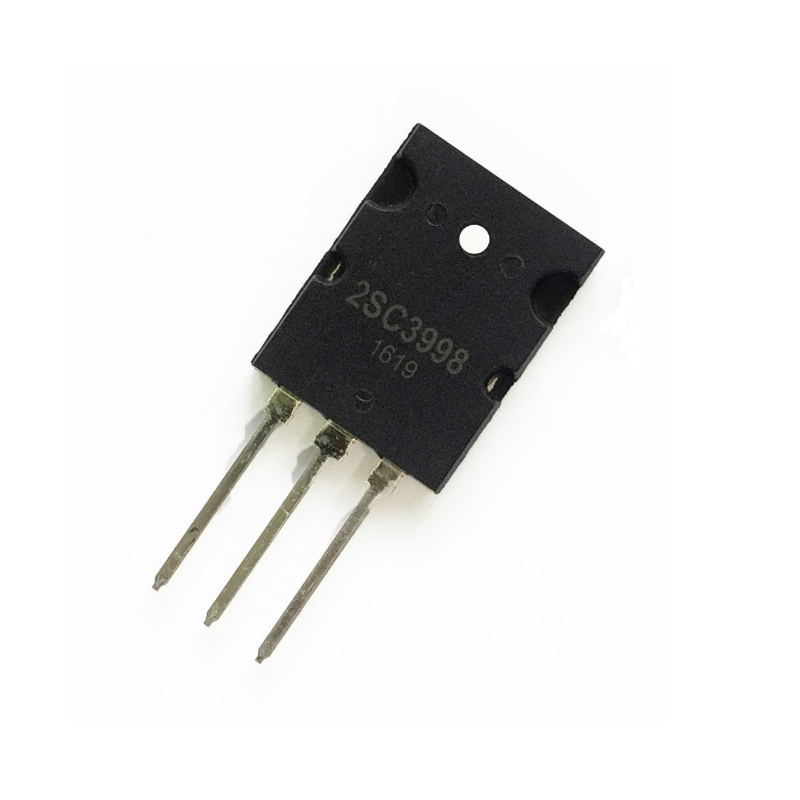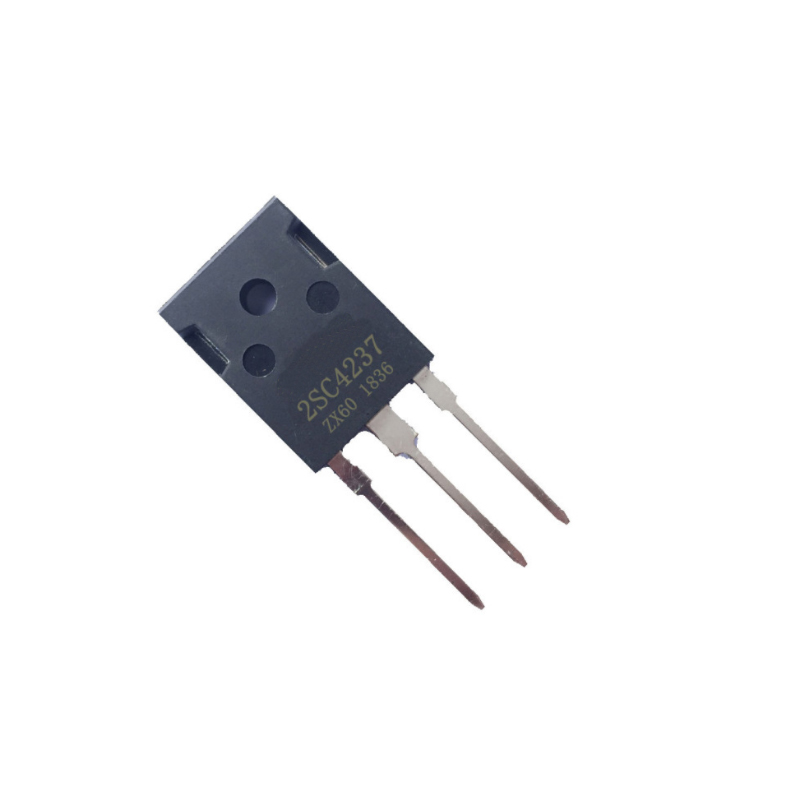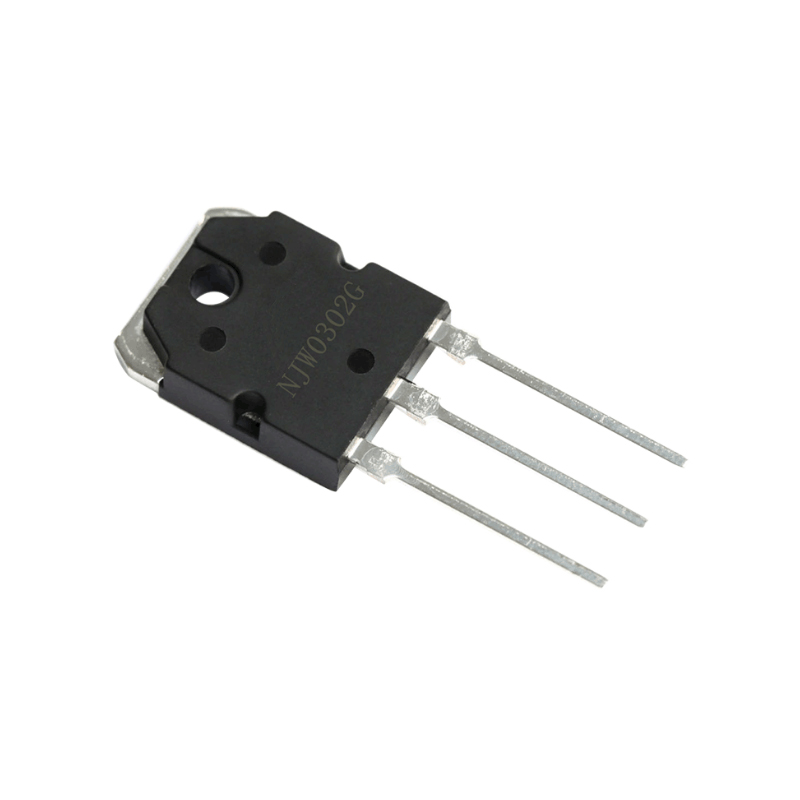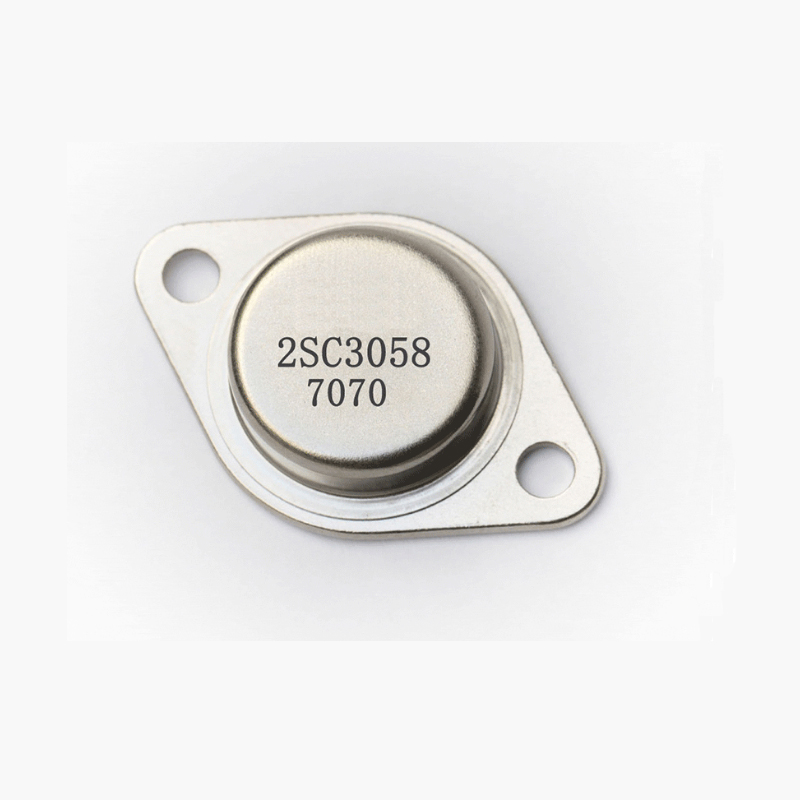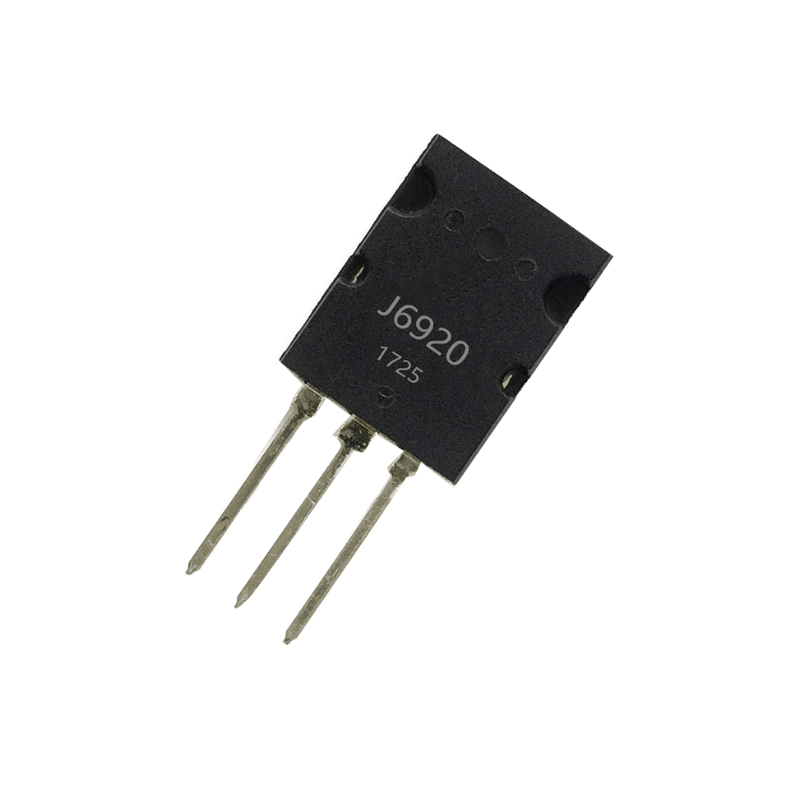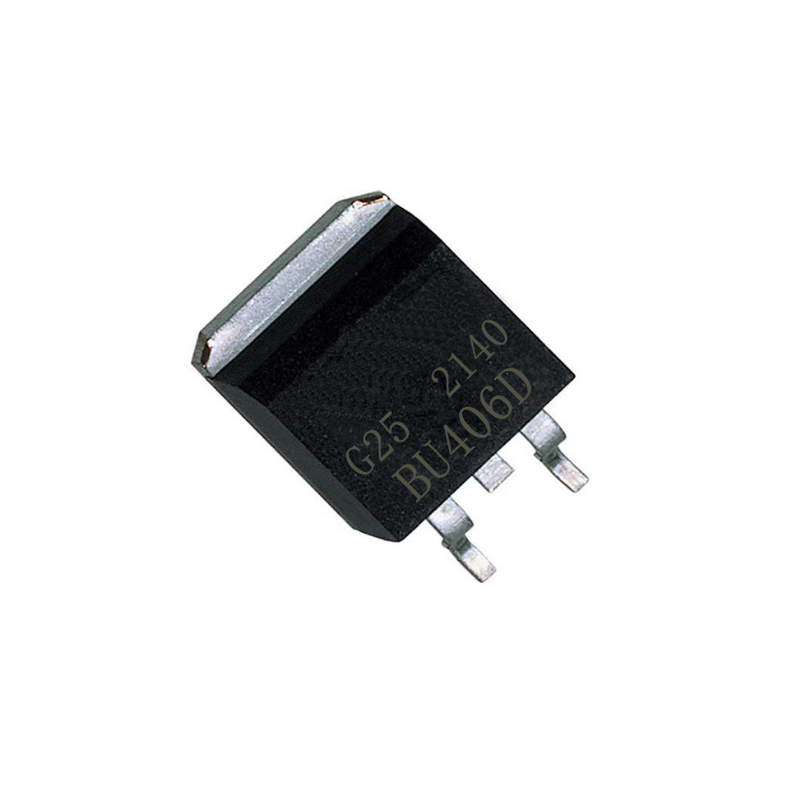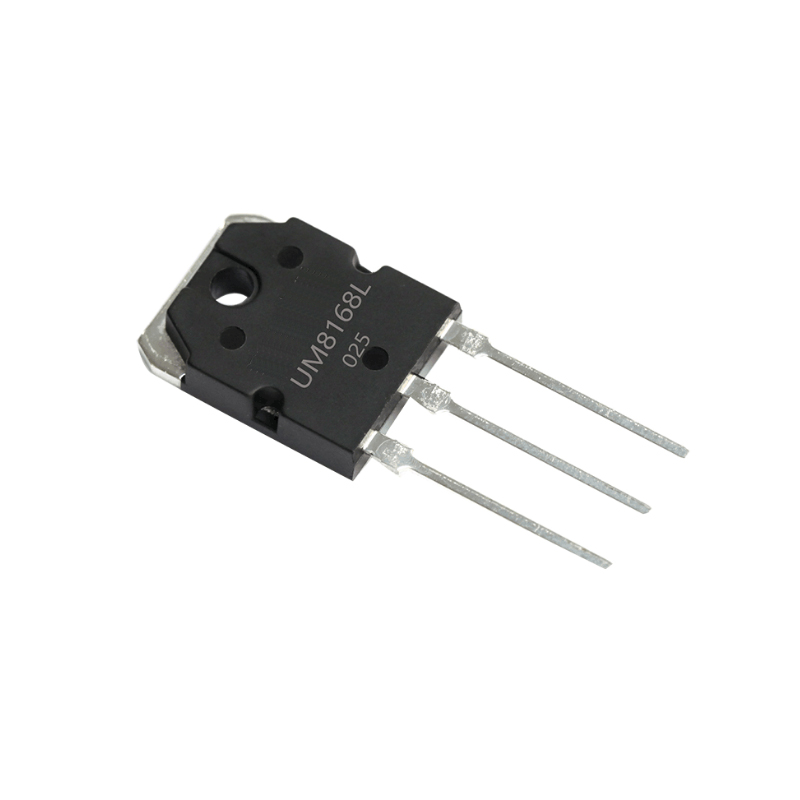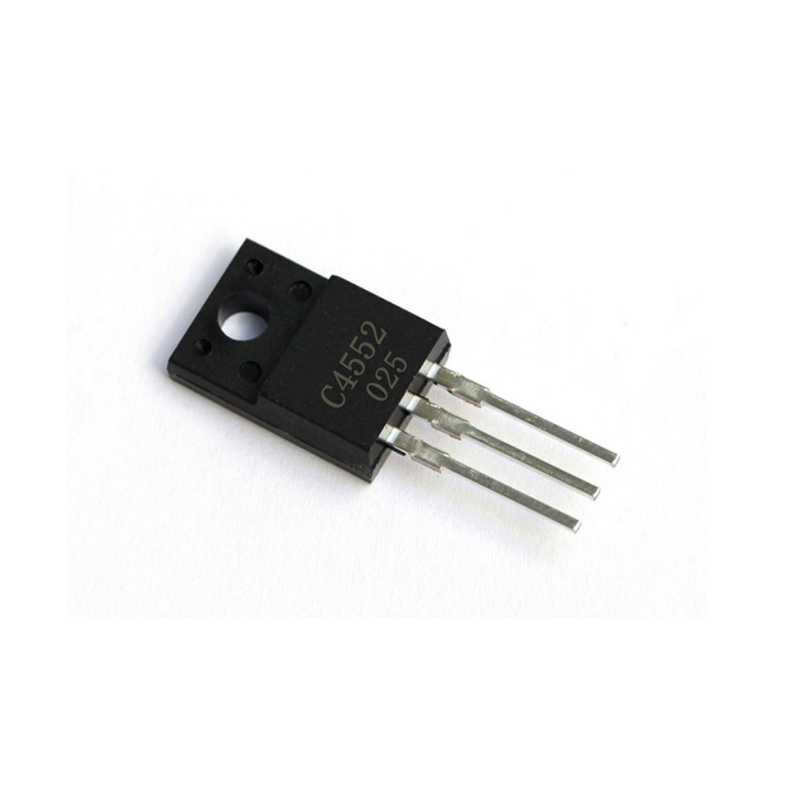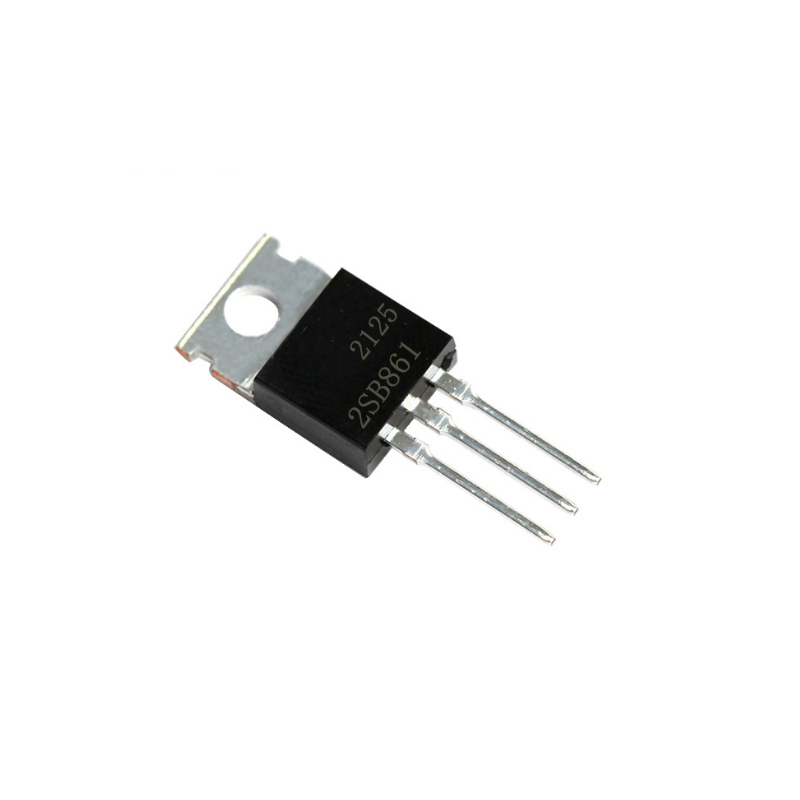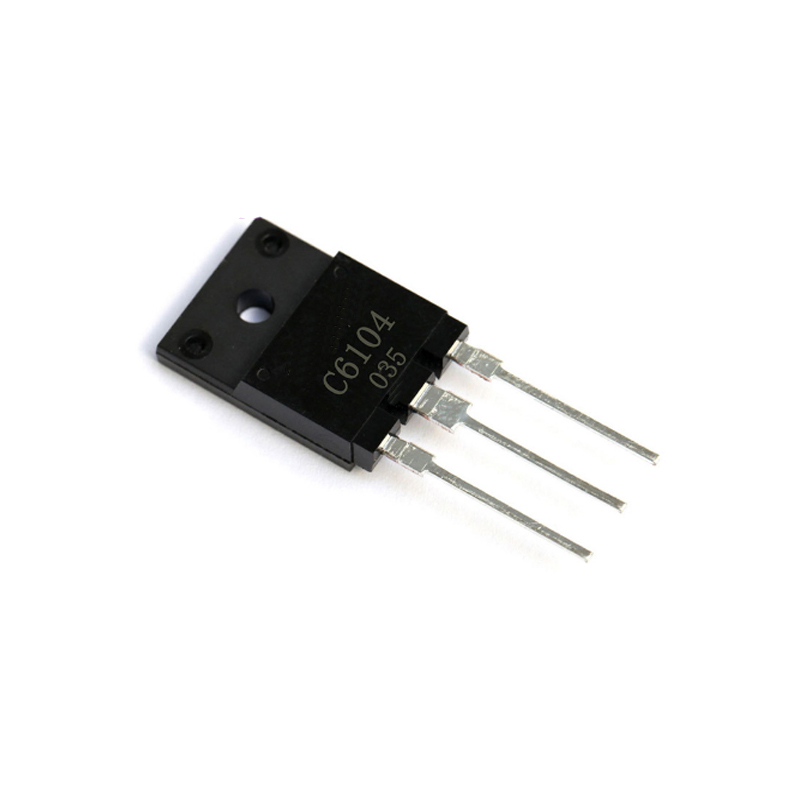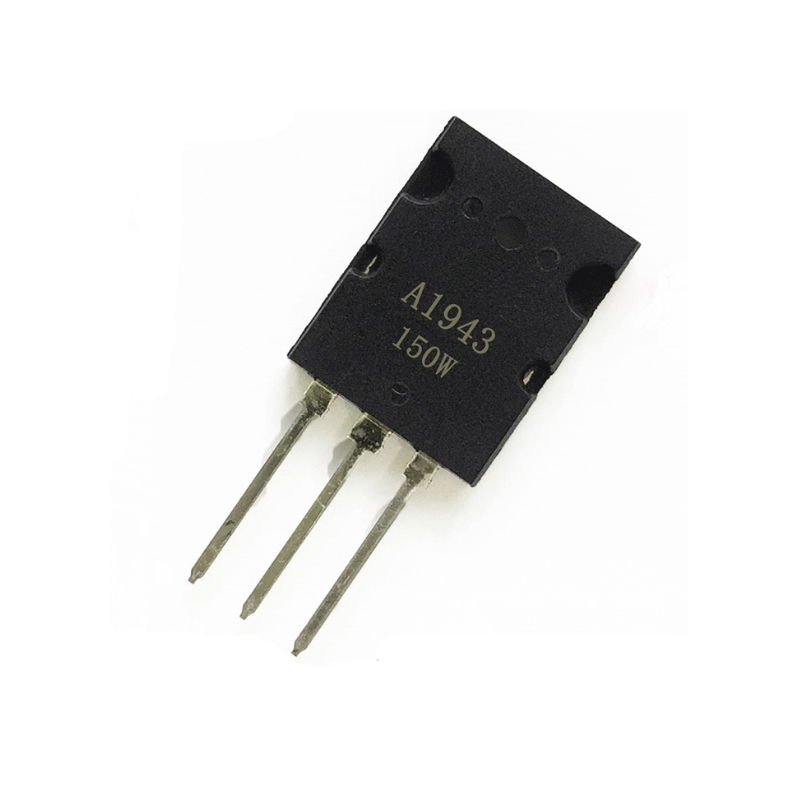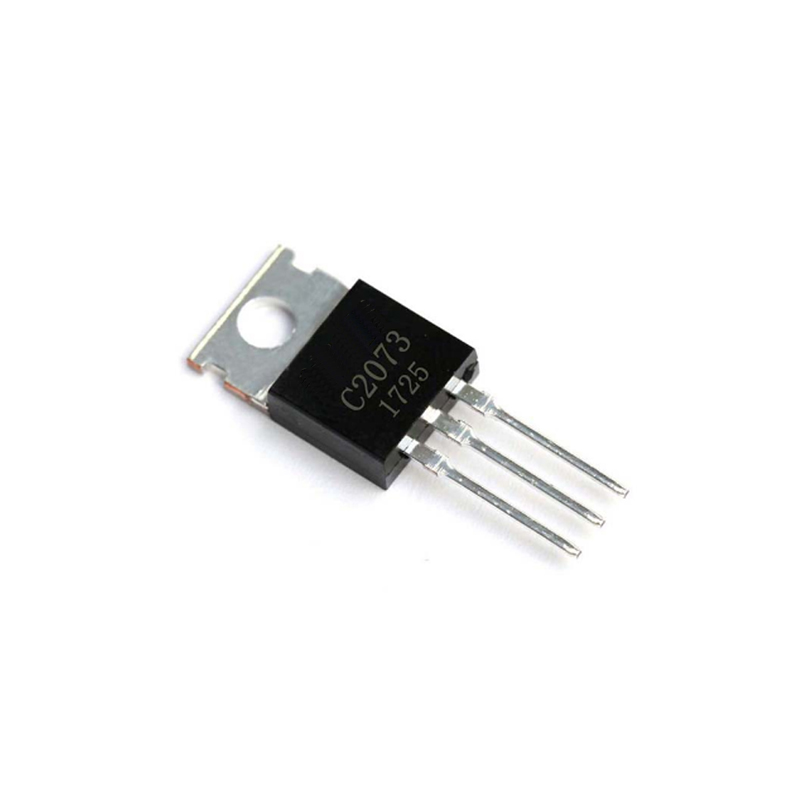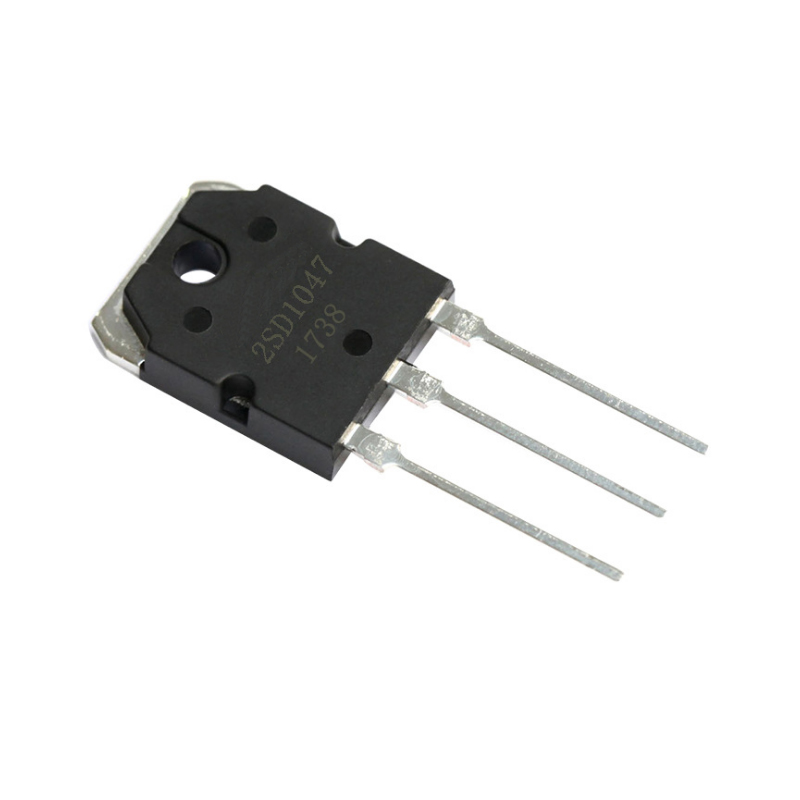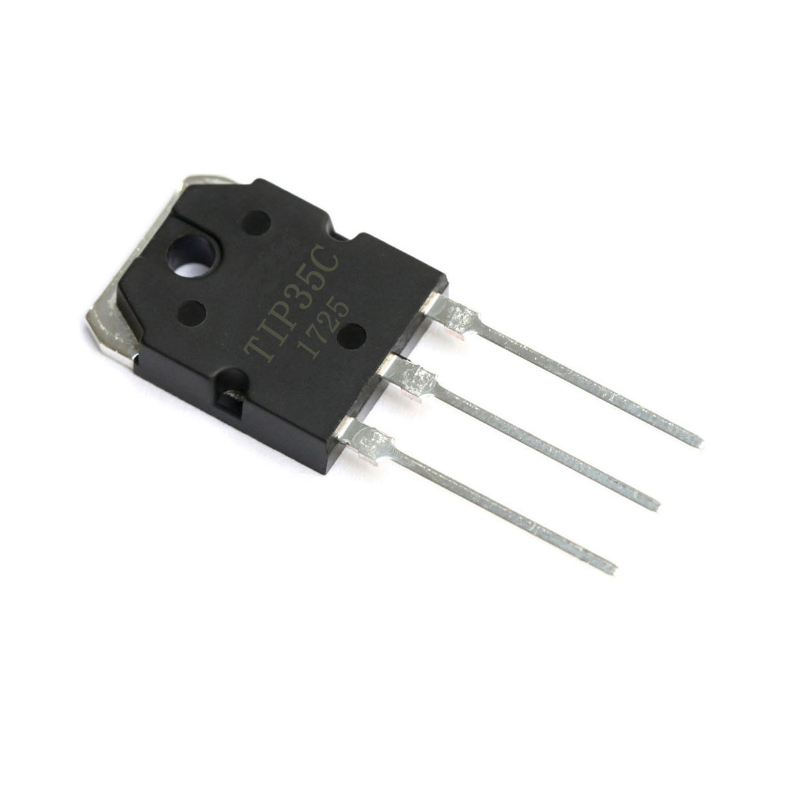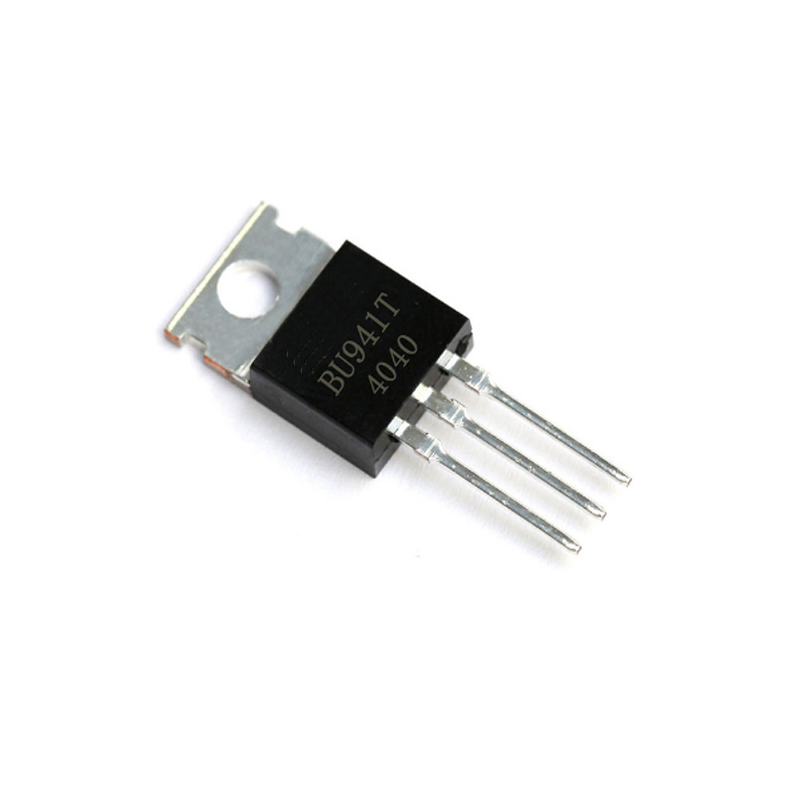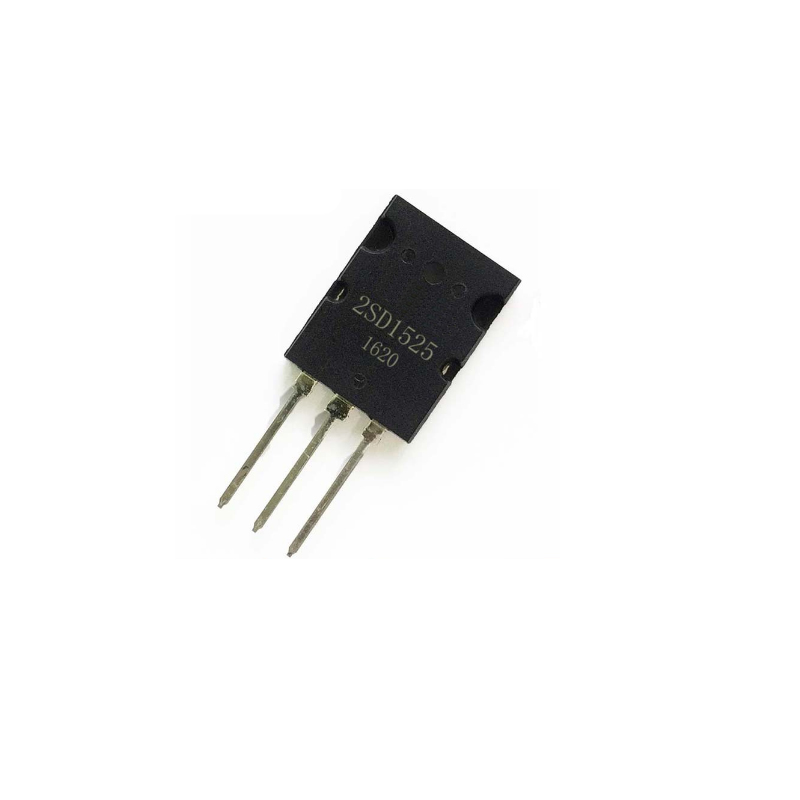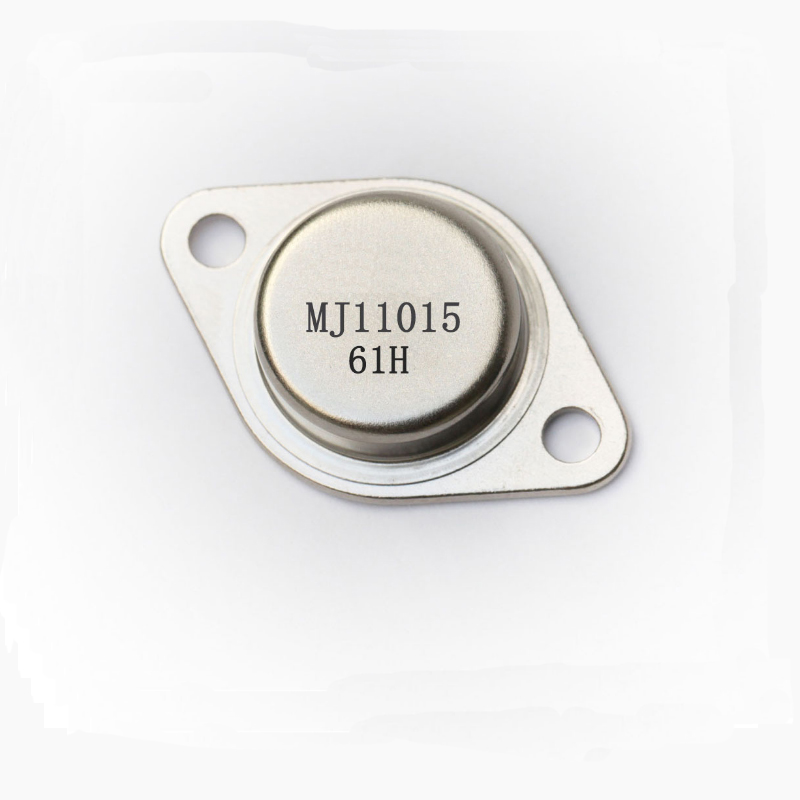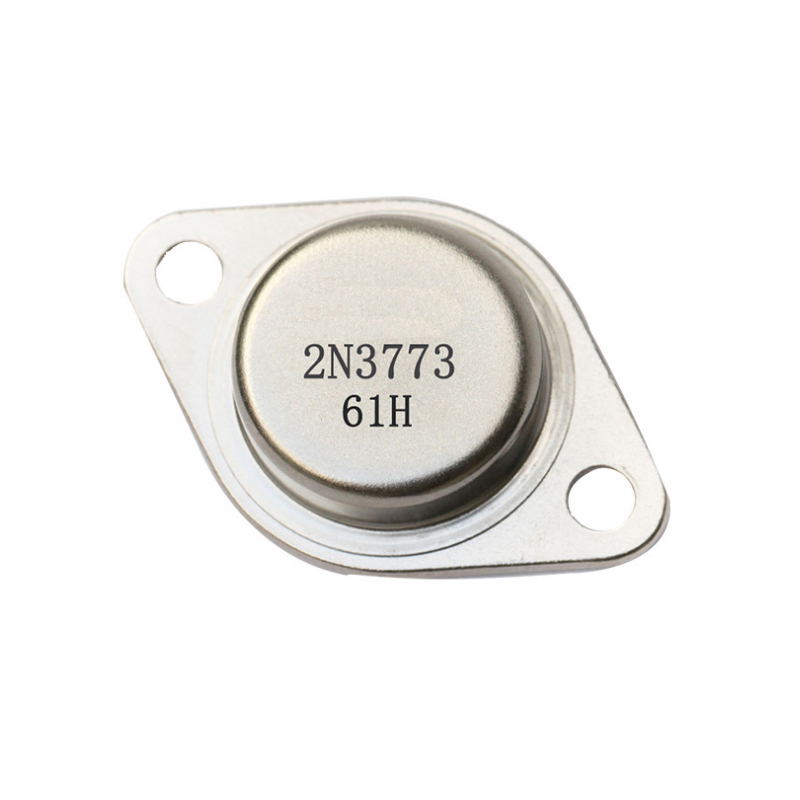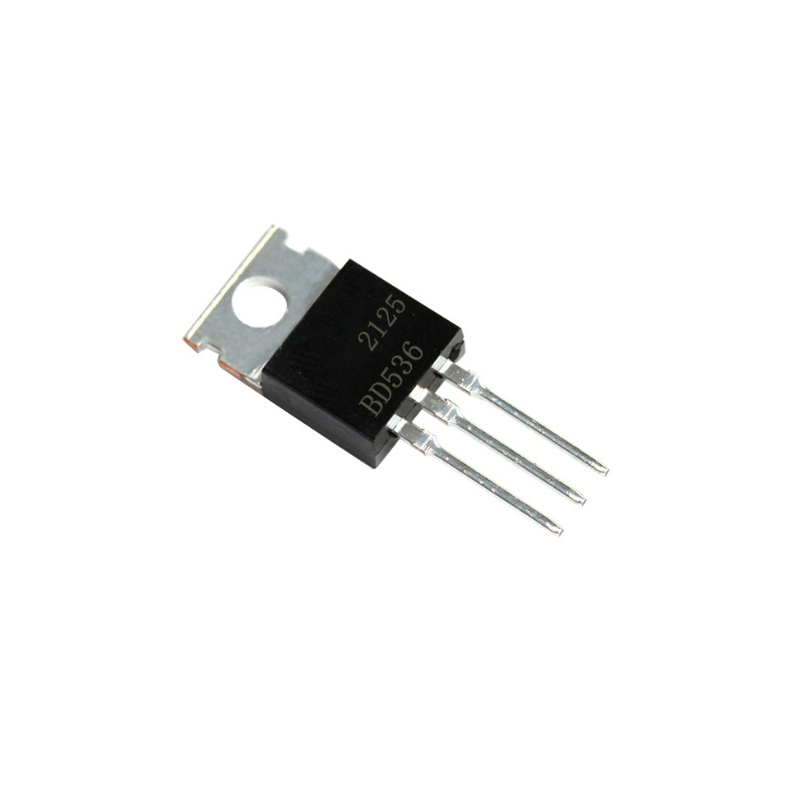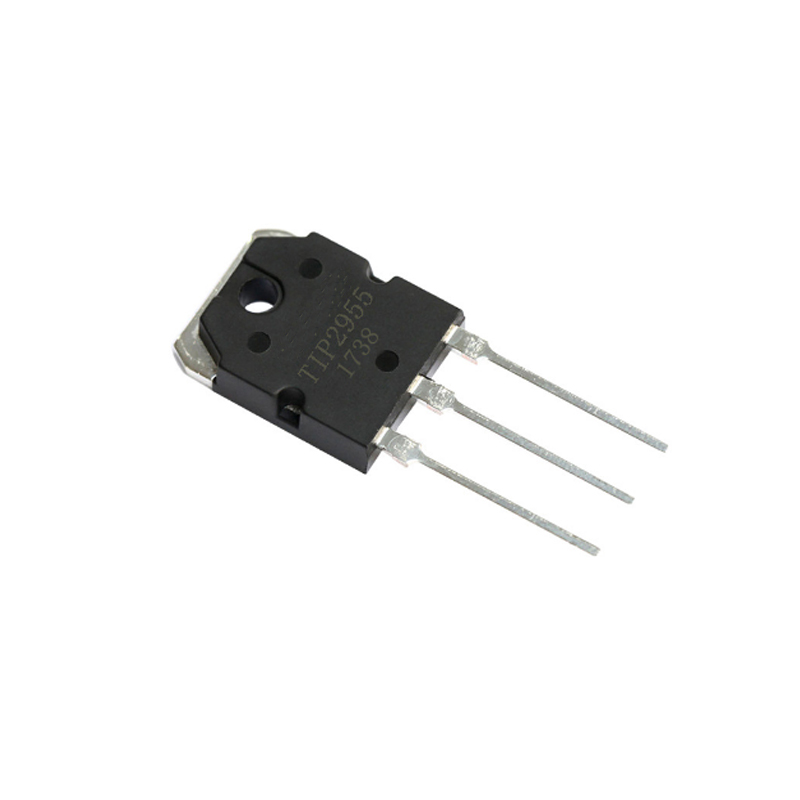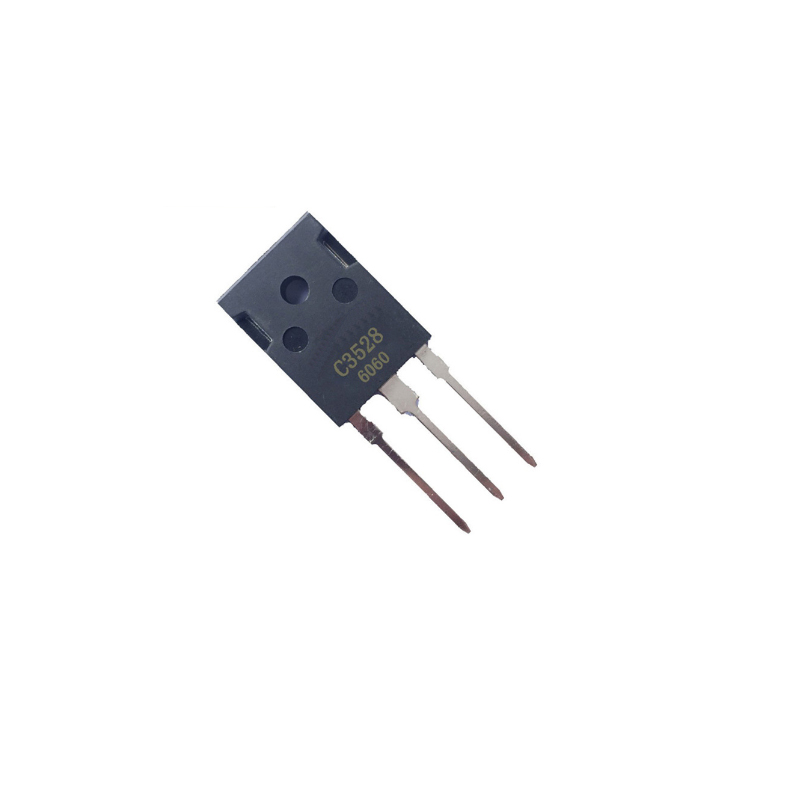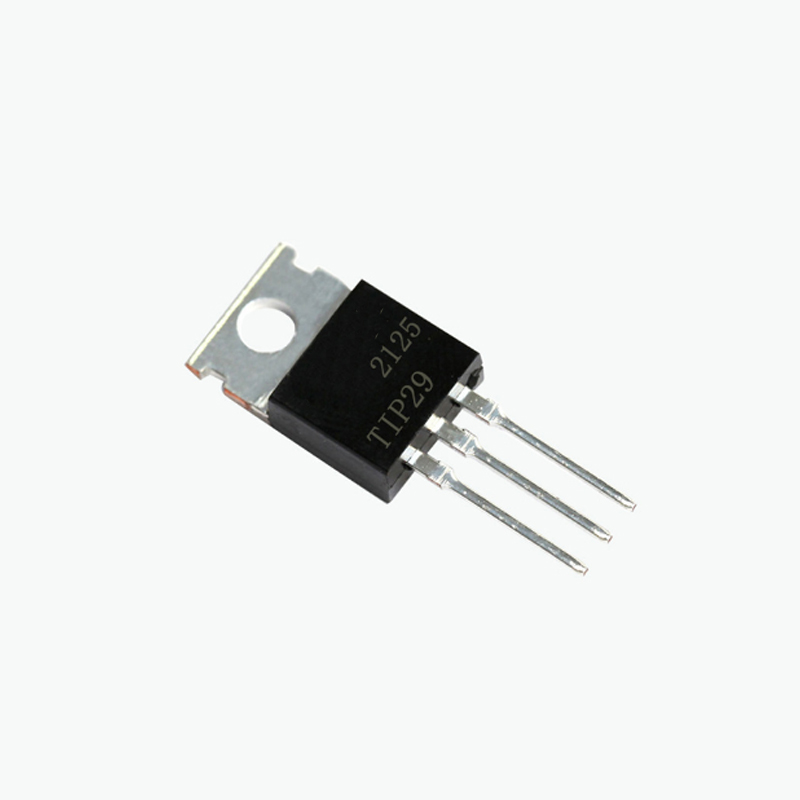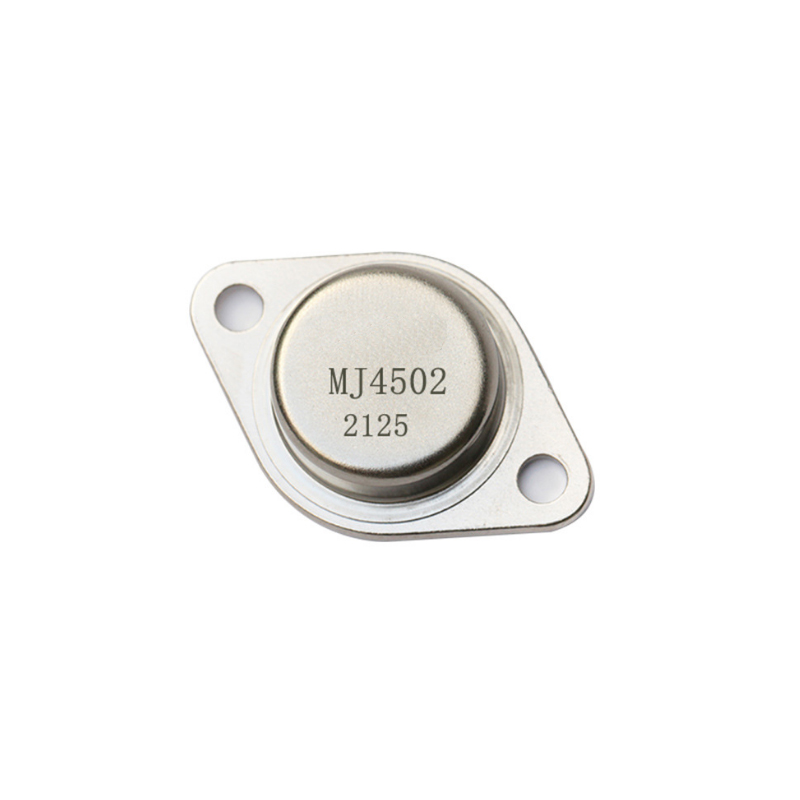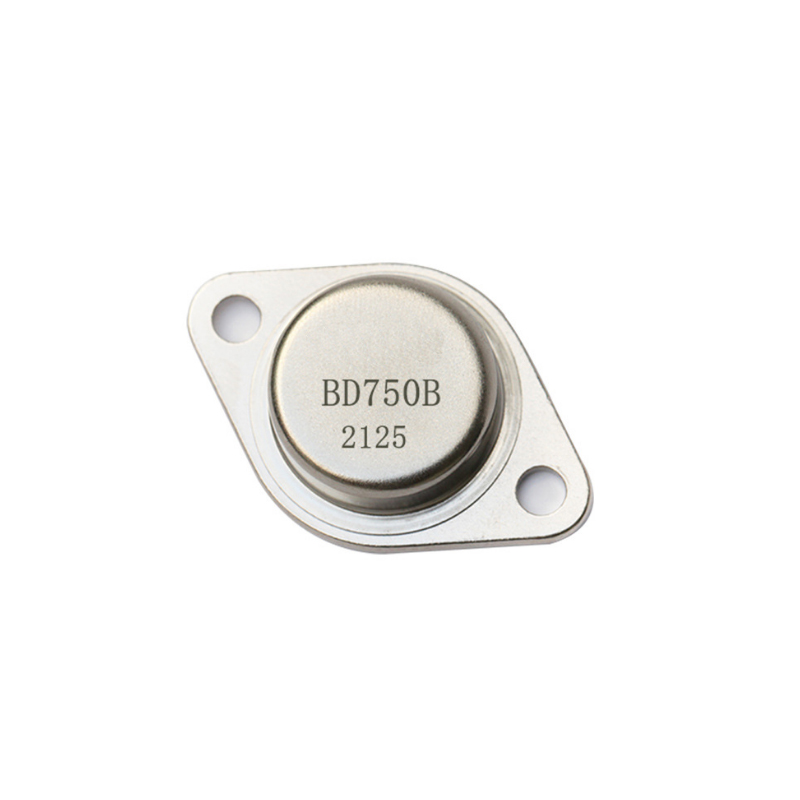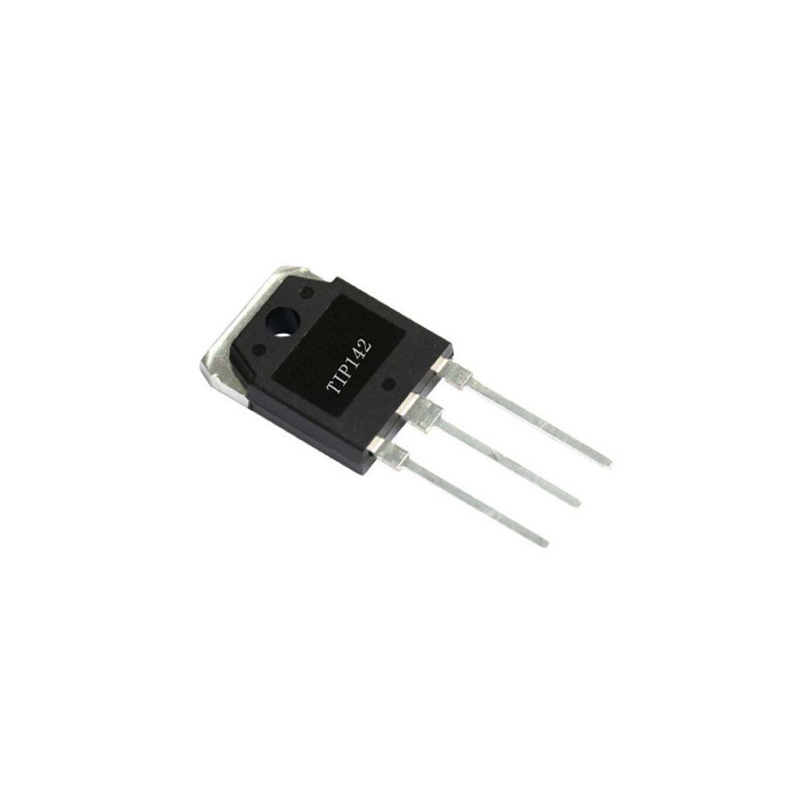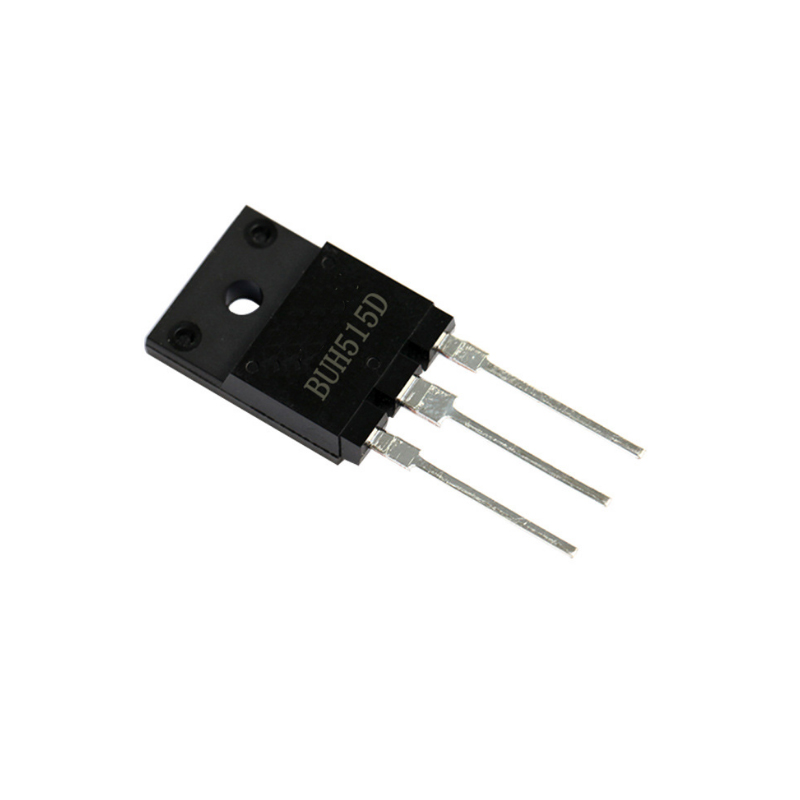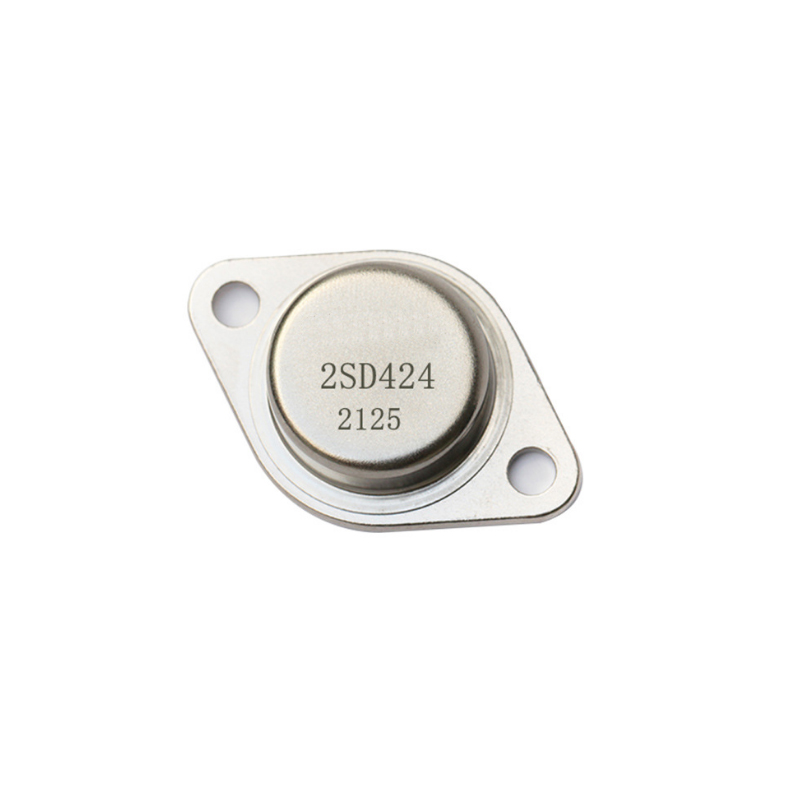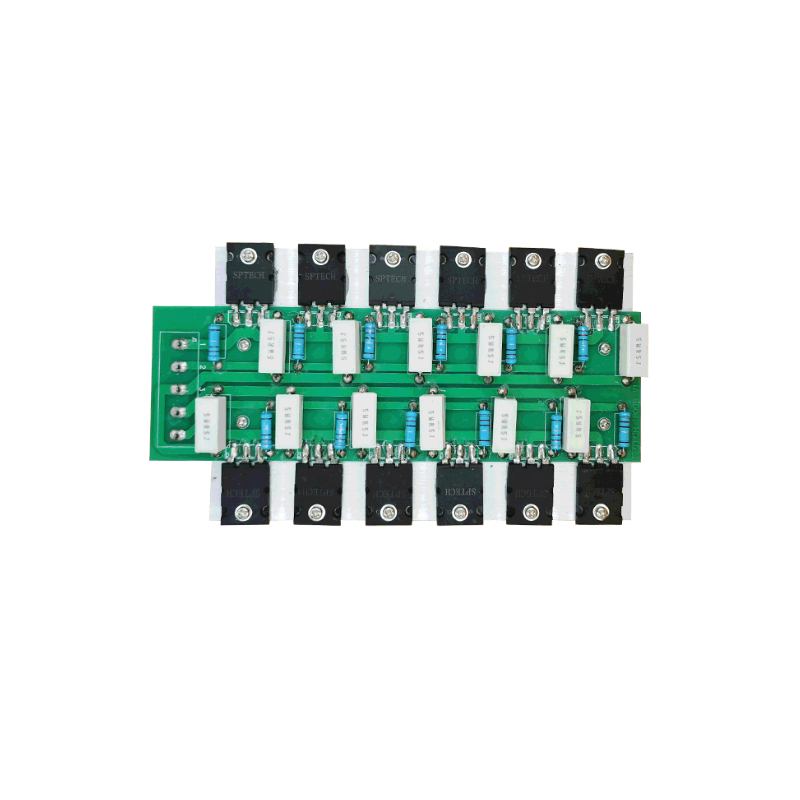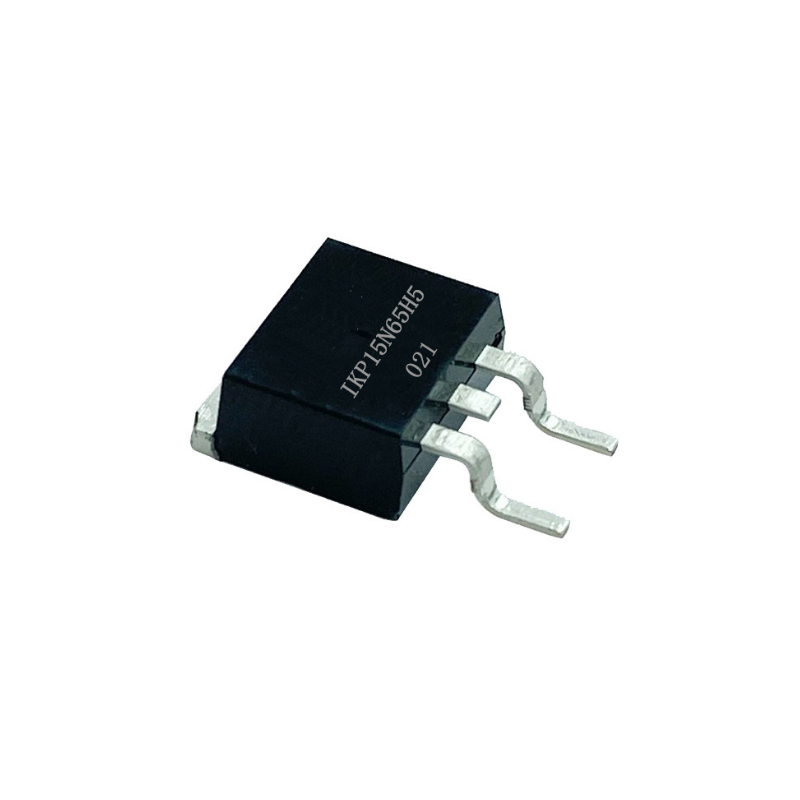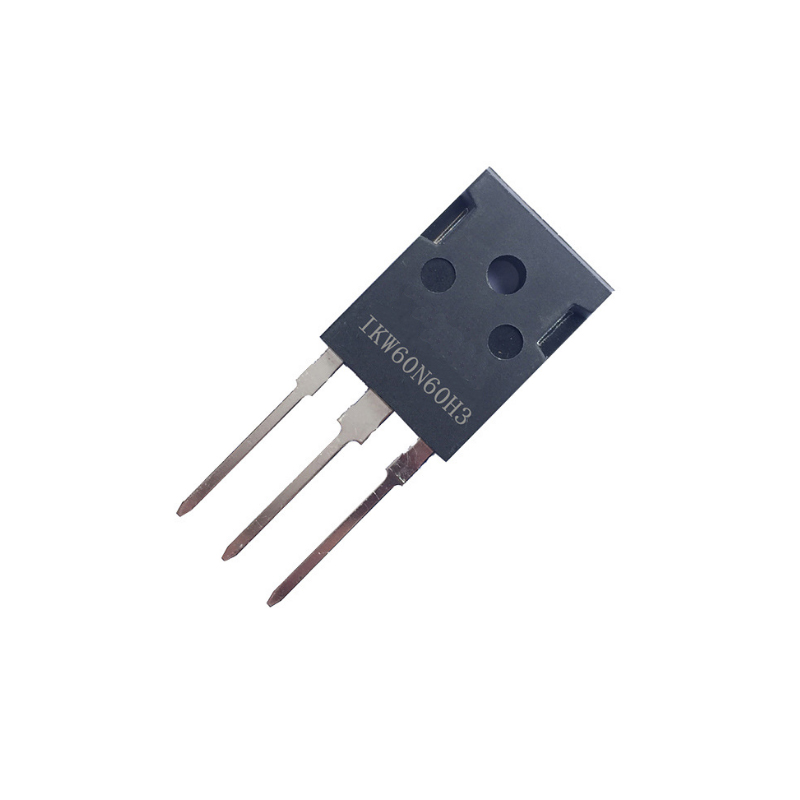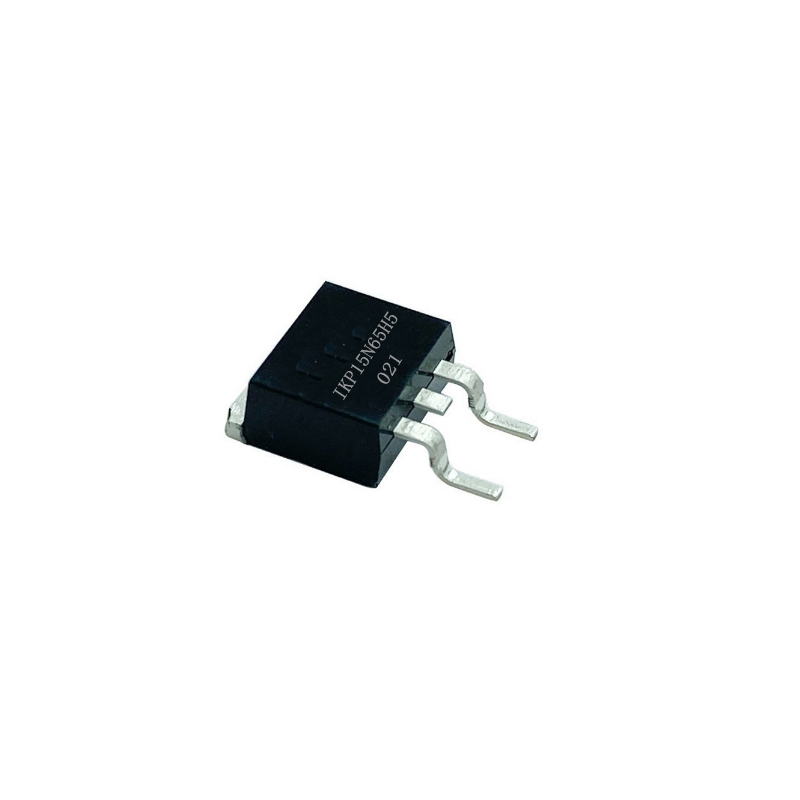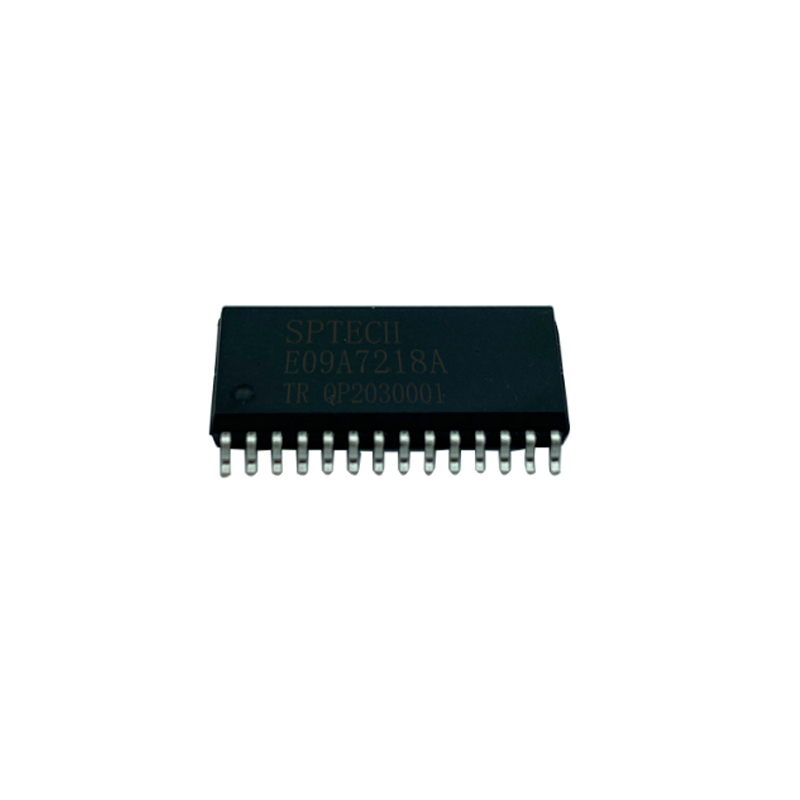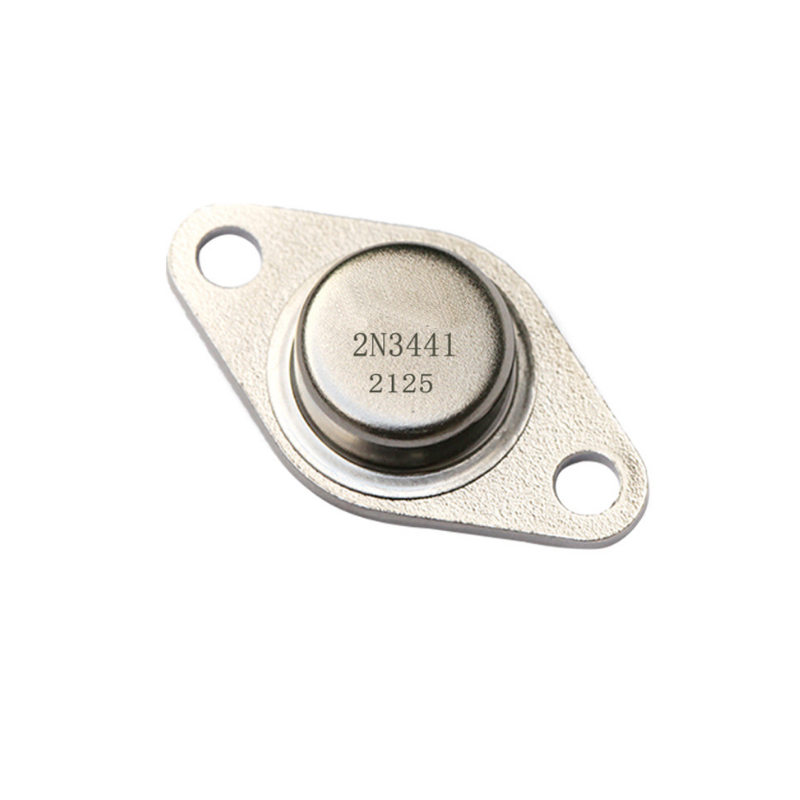What is a transistor?
Transistor is a solid-state semiconductor device (including diode, triode, FET, thyristor, etc., sometimes especially bipolar device), which has many functions, such as detection, rectification, amplification, switching, voltage stabilization, signal modulation and so on. As a variable current switch, the transistor can control the output current based on the input voltage. Different from ordinary mechanical switches (such as relay and switch), transistors use electrical signals to control their opening and closing, so the switching speed can be very fast, and the switching speed in the laboratory can reach more than 100GHz. Bipolar Transistor.
The importance of transistors,RF transistors。
Transistor, originally called semiconductor triode, is a semiconductor device with two PN junctions inside and three outgoing electrodes outside. It can amplify and switch electrical signals, and is widely used. The input stage and output stage adopt transistor logic circuit, which is called transistor transistor logic circuit. It is referred to as TTL circuit in books, periodicals and practical applications. It belongs to a kind of semiconductor integrated circuit, among which TTL NAND gate is the most commonly used. TTL NAND gate is a circuit system composed of several transistors and resistive elements, which is centrally manufactured on a small silicon chip and packaged into an independent element. Transistor is one of the most widely used devices in semiconductor triode. It is represented by "V" or "VT" (the old characters are "Q", "GB", etc.).
Transistor is one of the most critical components of modern electrical appliances. Transistors can be used on a large scale because they can be produced on a large scale at an extremely low unit cost.
At present, millions of single transistors are still in use. The vast majority of transistors are assembled on microchips (chips) together with diodes, resistors and capacitors to manufacture complete circuits. Analog or digital or both are integrated on the same chip. The cost of designing and developing a complex chip is quite high, but when it is produced, the cost of designing and developing chips is shared among millions of chips, so the cost of each chip in the market is usually not very expensive. A logic gate contains 20 transistors, while an advanced microprocessor used 289 million transistors in 2005.
Especially after the increasing importance of transistors in military planning and space navigation, countries all over the world have launched fierce competition for the dominant position in the electronic field. In order to realize the miniaturization of electronic equipment, people have given huge financial support to the electronic industry at all costs.
Since Fleming invented the vacuum diode in 1904 and de Forrest invented the vacuum triode in 1906, electronics has developed rapidly as a new discipline. However, the real rapid progress in electronics should begin after the invention of the transistor. In particular, the emergence of PN junction transistor has opened up a new era of electronic devices and caused a revolution in electronic technology. In a short period of more than ten years, the emerging transistor industry, with its invincible ambition and the reckless momentum of young people, quickly replaced the position obtained by the electronic tube industry through years of struggle and became a leader in the field of electronic technology.
Transistor classification
Material Science:
According to the semiconductor materials used in transistors, they can be divided into silicon material transistors and germanium material transistors. According to the polarity of transistors, they can be divided into germanium NPN transistors, germanium PNP transistors, Silicon NPN transistors and SILICON PNP transistors.
workmanship:
According to its structure and manufacturing process, transistors can be divided into diffusion transistors, alloy transistors and planar transistors.
Current capacity:
According to the current capacity, transistors can be divided into low-power transistors, medium power transistors and high-power transistors.
working frequency:
According to the working frequency, transistors can be divided into low-frequency transistors, high-frequency transistors and ultra-high-frequency transistors.
Packaging structure:
According to the packaging structure, transistors can be divided into metal packaging (gold packaging) transistors, plastic packaging (plastic packaging) transistors, glass packaging (glass packaging) transistors, surface packaging (sheet) transistors and ceramic packaging transistors. Its package shapes are diverse.
By function and purpose:
Transistors can be divided into low noise amplification transistors, medium and high frequency amplification transistors, low frequency amplification transistors, switching transistors, Darlington transistors, high back voltage transistors, band stop transistors, damping transistors, microwave transistors, photosensitive transistors and magnetic sensitive transistors according to their functions and applications.bipolar junction transistor
Detection method of transistor:
1. Detection of ordinary Darlington tube
An ordinary Darlington tube is composed of two or more transistor collectors connected together, and a plurality of emitter junctions are contained between the base B and the emitter E. The R of the multimeter can be used for testing × 1 K Ω or R × 10 K Ω gear.
Measure the forward and reverse resistance between the electrodes of Darlington tube. Under normal conditions, the forward resistance value between collector C and base B (when measuring NPN tube, the black probe is connected to base B; when measuring PNP tube, the black probe is connected to collector C) is close to the forward resistance value of ordinary silicon transistor collector junction, which is 3 ~ 10 K Ω, and the reverse resistance value is infinite. The forward resistance value between emitter E and base B (when measuring NPN tube, the black probe is connected to base B; when measuring PNP tube, the black probe is connected to emitter E) is 2 ~ 3 times the forward resistance value between collector C and base B, and the reverse resistance value is infinite. The forward and reverse resistance values between collector C and emitter e should be close to infinity. If the measured forward and reverse resistance values between poles C and E or between poles B, e, B and C of Darlington tube are close to 0, it indicates that the tube has been broken down and damaged. If the measured forward and reverse resistance values between poles B, e and C of Darlington tube are infinite, it indicates that the tube has been open circuit damaged.
2. Detection of high-power Darlington tube
High power Darlington adds a protection circuit composed of freewheeling diode and discharge resistance on the basis of ordinary Darlington tube. Attention should be paid to the influence of these components on the measurement data during measurement.
Multimeter R × 1 K Ω or R × 10 K Ω gear, measure the forward and reverse resistance values of Darlington tube collector junction (between collector C and base B). Under normal conditions, the forward resistance value (when the base of NPN tube is connected with black probe) shall be small, 1 ~ 10 K Ω, and the reverse resistance value shall be close to infinity. If the measured positive and reverse resistance values of the collector junction are very small or infinite, it indicates that the tube has been broken down, short circuited or open circuit damaged.
Multimeter R × 100 Ω gear, measure the forward and reverse resistance values between the emitter E and the base B of the Darlington tube, and the normal values are hundreds of ohms to thousands of ohms (the specific data vary according to the resistance values of the two resistors between poles B and E. for example, the forward and reverse resistance values between poles B and e of high-power Darlington tubes such as bu932r and mj10025 are about 600 Ω), If the measured resistance is 0 or infinity, it indicates that the measured tube has been damaged.unijunction transistors.
Multimeter R × L k Ω or R × 10 K Ω gear, measure the forward and reverse resistance values between Darlington tube emitter E and collector C. Under normal conditions, the forward resistance value (when measuring NPN tube, the black probe is connected to emitter E and the red probe is connected to collector C; when measuring PNP tube, the black probe is connected to collector C and the red probe is connected to emitter E) should be 5 ~ 15 K Ω (bu932r is 7 K Ω), and the reverse resistance value should be infinite, otherwise the C and e poles (or diodes) of the tube are broken down or damaged by open circuit.
NINGBO FBELE ELECTRONICS CO.,LTD.
FBELE company was founded in 1997, is China's leading manufacturer of acoustic and other electronic components, we designs,manufactures, distributes high quality products in very competitive price, bestservice, timely delivery, small order acceptable, etc. Our products include piezo ceramic element, piezoelectric buzzer, magnetic buzzer,speakers, transducer, receiver, electret condenser microphone, magnetic contact. Piezoelectric alarm,ultrasonic sensor,PZT ceramics,etc.
- Following 0
- Followers 0
- Send Msg


